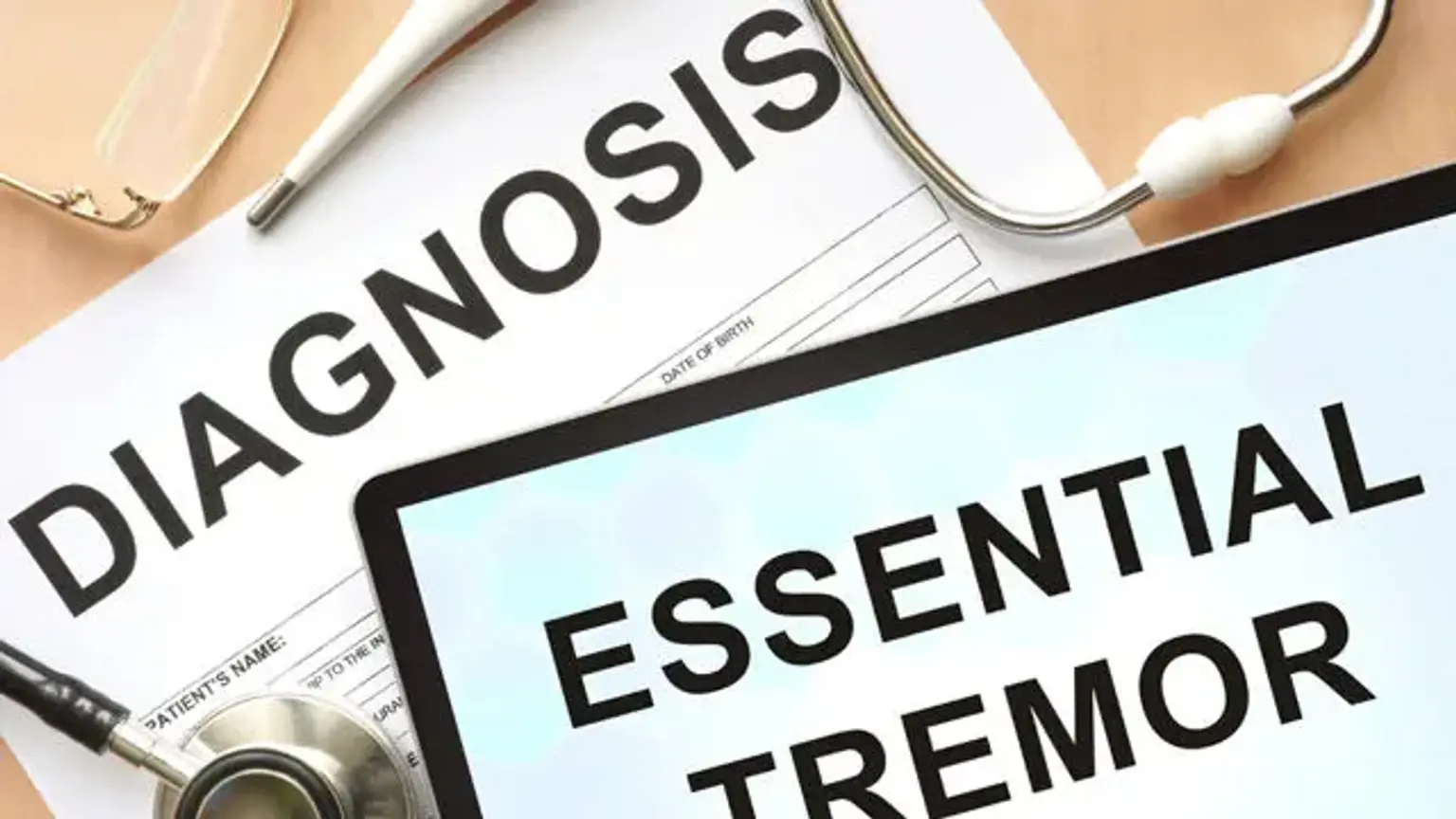Essential Tremor
Overview
The most common movement disease, essential tremor, is a sickness of uncertain cause that is defined by a slowly increasing postural and/or kinetic tremor that generally affects both upper extremities. There is much disagreement on whether essential tremor is a neurodegenerative illness.
Tremors of the head, voice, or lower limbs may accompany it. Essential tremor is frequently present for years or decades before symptoms appear, and it advances slowly. It is frequently familial and only temporarily sensitive to alcohol. Propranolol and primidone, which are synergistic, are the two first-line drugs for individuals who require therapy. Deep brain stimulation or targeted ultrasound are options for patients with debilitating essential tremor that cannot be treated therapeutically.
